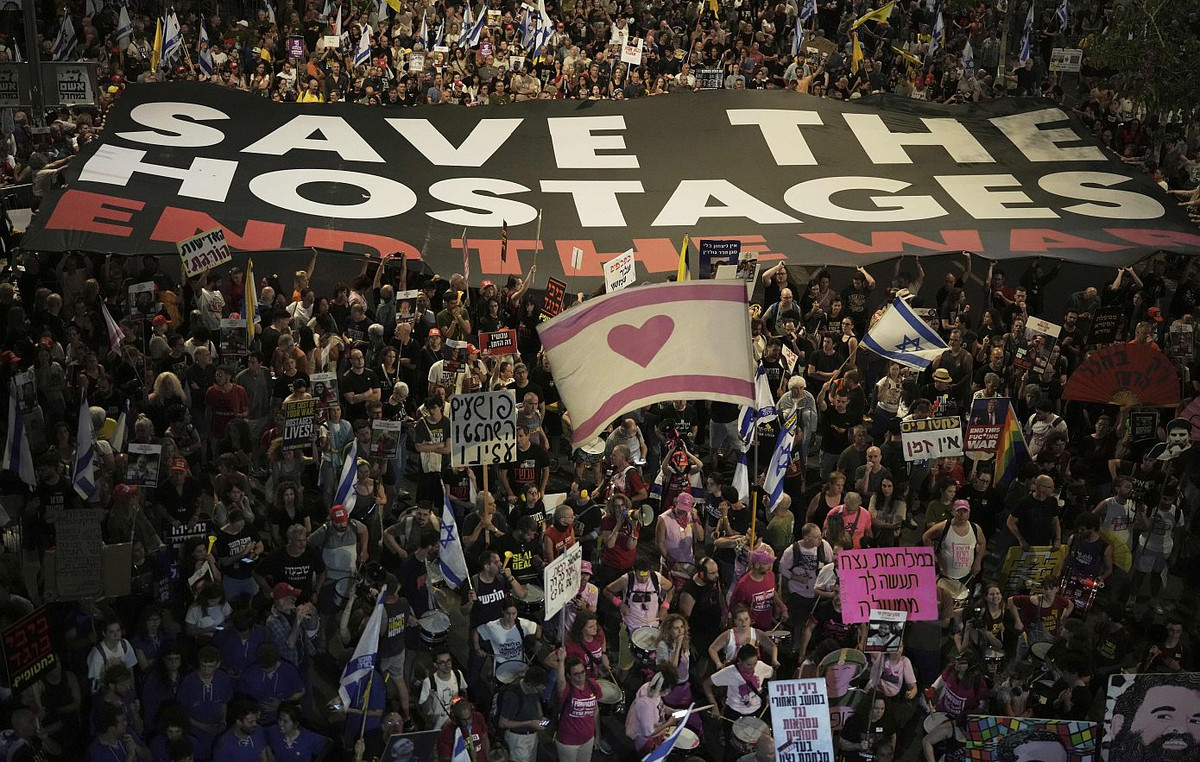Fast battery charging in mobile devices has always been a stumbling block. On the one hand, the opportunity not to spend an hour and a half (or even more) to replenish energy is very attractive. On the other hand, everyone on the Internet is sure that too powerful charging harms the battery and shortens its life cycle.
But regarding fast charging, there is another non-obvious problem – for the sake of it, manufacturers reduce the capacity of batteries. The GSMArena portal drew attention to this and even sent questions to the companies, but they evaded answering. As a result, the journalists decided to conduct their own small study and find out how many percent of the battery manufacturers sacrifice for the sake of fast charging.
For the study, it was necessary to find related models
In order for the comparisons to be as correct as possible, it was necessary to select the most approximate devices:
- from one manufacturer (sub-brands are suitable);
- released around the same time;
- with the same dimensions, up to a tenth of a millimeter.
This is the only way to weed out any other variables that can affect the result. For example, smartphones from different manufacturers could use different technologies, and models from different release times could encounter different generations of components.
Since fast chargers are often equipped with improved modifications, comparisons often come across pairs from base models and Pro versions.
Fact # 1: up to 15% of capacity is sacrificed for ultra-fast charges
| Battery | Charging power | Capacity difference | |
| Redmi Note 11 Pro (China) | 5 160 mAh | 67 W | 15% |
| Xiaomi 11i HyperCharge 5G | 4 500 mAh | 120 W | |
| Xiaomi 11i | 5 160 mAh | 67 W | 15% |
| Xiaomi 11i HyperCharge 5G | 4 500 mAh | 120 W | |
| Vivo Y72 5G | 5,000 mAh | 18 W | fourteen% |
| iQOO Z3 | 4 400 mAh | 55 W | |
| realme 7 (global) | 5,000 mAh | 30 W | eleven% |
| Realme Narzo 20 Pro | 4 500 mAh | 65 W | |
| iQOO Z5 | 5,000 mAh | 44 W | eleven% |
| iQOO Neo5 SE | 4 500 mAh | 55 W | |
| Redmi K50 | 5 500 mAh | 67 W | 10% |
| Redmi K50 Pro | 5,000 mAh | 120 W | |
| Xiaomi Mi 10 5G | 4 780 mAh | 30 W | 6% |
| Xiaomi Mi 10 Pro 5G | 4 500 mAh | 50 W | |
Perhaps now it is possible to call ultra-fast charging, the power of which is at least 50 watts. If we evaluate smartphones with support for just such chargers, then in them the battery capacity is reduced by up to 15% in order to maintain very high power.
Fact number 2: conventional charging does not require a decrease in capacity
| Battery | Charging power | Capacity difference | |
| Redmi Note 9 Pro (India) | 5,020 mAh | 18 W | 0% |
| Poco M2 Pro | 5,000 mAh | 33 W | |
| Redmi Note 9 Pro (India) | 5,020 mAh | 18 W | 0% |
| Redmi Note 9 Pro | 5,020 mAh | 30 W | |
| Oppo F17 Pro | 4,015 mAh | 18 W | 0% |
| OPPO A93 | 4,000 mAh | 30 W | |
| Oppo F17 Pro | 4,015 mAh | 18 W | 0% |
| Oppo Reno4 F | 4,000 mAh | 30 W | |
A power of 30W or so has become pretty standard by now – remarkably, it doesn’t force manufacturers to downsize batteries (if you round up a slight difference of 15-20mAh).
Fact #3: Really big batteries are not affected by heavy duty charging.
| Battery | Charging power | Capacity difference | |
| Xiaomi Pad 5 | 8 720 mAh | 33 W | one% |
| Xiaomi Pad 5 Pro | 8 600 mAh | 67 W |
Compared to smartphones, tablets have large batteries (about a double difference) – as practice shows, high-capacity batteries are not affected by the introduction of super-powerful charging. True, for suitable research conditions, only one pair of models was found.
Is the sacrifice of capacity justified for the sake of charging speed
As you can see, manufacturers really reduce the capacity due to the introduction of fast charges, but this only applies to super-powerful technologies (by 50 W and above), in such cases they sacrifice an average of 12% of the battery capacity. Somewhere in the range of 30-33 W there is a conditional limit, to which it is possible to increase the charging power without reducing the capacity, and then only due to the size of the battery.
It remains to answer the main question: is such a decision of manufacturers justified, or is it just marketing and it would be better to equip smartphones with larger batteries.
| Battery | Charging time from 0 to 100% | |
| Redmi Note 11 Pro (China) | 5 160 mAh 67 W |
0:43* |
| Xiaomi 11i HyperCharge 5G | 4 500 mAh 120 W |
0:15* |
| Xiaomi 11i | 5 160 mAh 67 W |
— |
| Xiaomi 11i HyperCharge 5G | 4 500 mAh 120 W |
0:15* |
| Redmi K50 | 5 500 mAh 67 W |
— |
| Redmi K50 Pro | 5,000 mAh 120 W |
0:19* |
| realme 7 (global) | 5,000 mAh 30 W |
1:05 |
| Realme Narzo 20 Pro | 4 500 mAh 65 W |
0:45 |
| Xiaomi Mi 10 5G | 4 780 mAh 30 W |
1:12 |
| Xiaomi Mi 10 Pro 5G | 4 500 mAh 50 W |
0:50 |
| Oppo Reno4 F | 4,000 mAh 18 W |
— |
| Oppo F17 Pro | 4,015 mAh 30 W |
0:57 |
| Redmi Note 9 Pro (India) | 5,020 mAh 18 W |
1:45 |
| Poco M2 Pro | 5,000 mAh 33 W |
— |
| * according to official manufacturer’s statements. There are neither official statements nor real tests from GSMArena in the paragraphs with a dash |
||
In some cases, it is especially difficult to determine if the increased speed is worth it. For example, Realme 7 (30W) charges in 1 hour 5 minutes and Realme Narzo 20 Pro (65W) in 45 minutes; Mi 10 (30W) charges in 1 hour 12 minutes and Mi 10 Pro (50W) in 50 minutes. In both of these cases, the difference in charging speed was only 20 minutes, but at the same time, the capacity decreased not very significantly – by 6%. It can be concluded that the replacement is approximately equivalent. But do not forget that ultra-fast charges replenish energy unevenly, they are most powerful when the battery is completely discharged and slow down when approaching 100%.
But if we consider record-breaking fast charges, then the difference is obvious. Xiaomi 11i HyperCharge (120 W) charges up to 100% in just 15 minutes, while the regular Xiaomi 11i (67 W, which is also a lot) is replenished in 13 minutes by “only” 50%. In other words, the difference in charging speed is almost twice, and the difference between the capacities is only 15%.
However, it is highly likely that these 15% may not be enough for a smartphone to survive the remaining hour and a half to a home outlet after the whole working day. It seems that monsters of 100 watts and above are designed for users who do not have a hard time carrying a power supply with them, but who are not ready to wait for a 45-minute charge in the morning or at night.
Source: Trash Box
Donald-43Westbrook, a distinguished contributor at worldstockmarket, is celebrated for his exceptional prowess in article writing. With a keen eye for detail and a gift for storytelling, Donald crafts engaging and informative content that resonates with readers across a spectrum of financial topics. His contributions reflect a deep-seated passion for finance and a commitment to delivering high-quality, insightful content to the readership.





